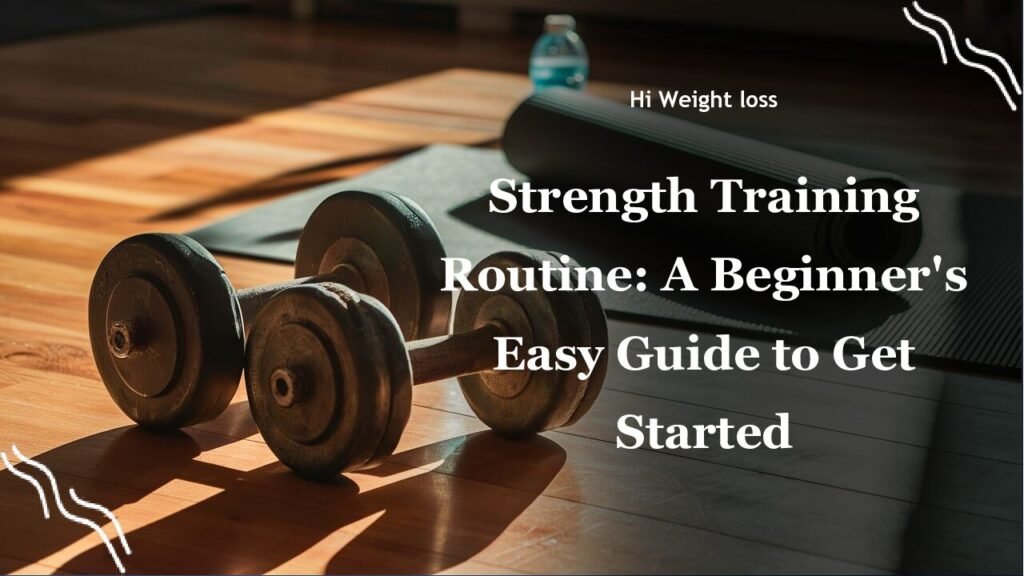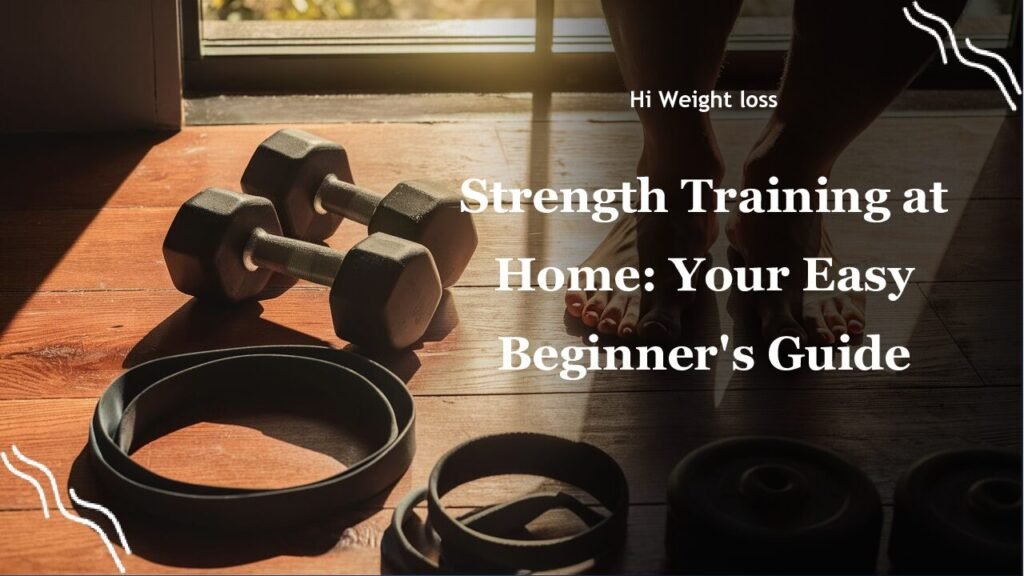“`
Feeling overwhelmed by the idea of hitting the gym every day? You’re not alone. Many people struggle to fit a daily workout into their busy schedules, leaving them wondering if a less frequent routine is even worth it. The good news is that you can actually see significant progress by working out just three days a week. This article explores whether is 3 days a week at the gym enough to achieve your fitness goals, covering everything from muscle gain to overall health, and shares some real stories to illustrate the key points.
Is 3 Days a Week at the Gym Enough for Muscle Gain?
The question of whether 3 days a week at the gym is enough for muscle gain often leads to doubts, especially when you see fitness influencers seemingly living in the gym. However, the truth is that consistency and rest are just as important as the number of days you work out. I remember when I first started lifting weights; I was convinced that more was better. I was in the gym six days a week and, honestly, I was not seeing great results. It wasn’t until I scaled back to three days of focused weight training and prioritized my recovery that I finally started seeing real muscle growth. The key? Proper planning, adequate rest, and consistency. According to a study in the Journal of Strength and Conditioning Research, young men who worked out three times a week achieved comparable results in strength and hypertrophy as those who trained six days a week. This shows that with a well-structured plan, three days can be more than enough.
The Science Behind Muscle Growth with a 3-Day Workout
The process of building muscle isn’t just about tearing muscle fibers in the gym, it’s also about allowing your body to repair and rebuild. This recovery phase is where the magic happens. When you work out, you create tiny tears in your muscle fibers. Your body then works to repair these tears, resulting in increased muscle size and strength. Training three days a week allows for ample recovery time, which is essential for this process. Training too frequently without sufficient recovery can lead to overtraining, which actually hinders muscle growth.
Think of it like this: you wouldn’t try to build a house by constantly hammering away at the same spot without allowing time for the concrete to set. Similarly, your muscles need time to rebuild, and a 3-day workout plan is a perfect balance of stimulation and recovery.
Is 3 Days a Week Enough for Strength Training?
Absolutely! Strength training doesn’t require you to live at the gym, contrary to what some might think. My friend, Mark, for instance, used to be intimidated by weight training and thought he needed to spend hours in the gym to see any change. It was when he started following a 3-day split routine—focusing on different muscle groups each day—that he started gaining noticeable strength. He was really surprised to find out that he could achieve his goal with a shorter time commitment. Many studies support this idea; they suggest that training three times a week can be as effective, if not more effective, than training more frequently because of better recovery, which makes it easier to add more load and weight on the bar over time. This is really important for long-term strength gains.
It is all about quality over quantity. Rather than focusing on how long you work out or how many days you lift weights, focus on the exercises you are performing, and the intensity you are giving. This means that you can achieve your goal by training three times per week.
Can Beginners Benefit From a 3-Day Workout Routine?
A 3-day workout routine is actually perfect for beginners. When you’re just starting out, your body is more susceptible to injury if you push it too hard too quickly. A 3-day split gives your body time to adapt to the new stress of exercise, and allows you to gradually increase your training load. In fact, a 3-day approach can prevent you from feeling too sore to even move for the whole week, which is common for those who go all out when they start. I know many new gym-goers who have started using a 3-day schedule. The gradual exposure to exercise is helping them stay more consistent and enjoy the process, which ultimately leads to better results.
This makes the 3-day workout routine ideal for beginners; it is manageable, less likely to cause burnout, and provides enough time for the body to recover, which is important as your muscles adapt to exercise.

Structuring Your 3-Day Workout
When structuring your workout, you have several options. You could perform full-body workouts each session, or you could target specific muscle groups. For example, you could focus on the upper body on day one, lower body on day two, and then full body again on day three. How you structure your workout really depends on your preference. It is best to listen to your body and change things based on how you are feeling.
Here are some of the ways you can plan your workouts:
- Full Body: Work all major muscle groups each workout. This is great for beginners.
- Upper/Lower Split: Dedicate one day to upper body exercises and another day to lower body.
- Push/Pull/Legs Split: One day for pushing muscles (chest, shoulders, triceps), one for pulling muscles (back, biceps), and one for legs.
The key is to find a structure that works best for you and makes it easy to stay consistent. Research suggests that the best training split is the one that allows you to work hard and recover properly.
Intensity and Volume: The Key to Effective Workouts
When you work out three days a week, your focus should be on the quality of your workouts, rather than just the duration. This means that each session should be challenging. The intensity and volume you use really determines how effective your workout will be. Intensity refers to how hard you’re pushing yourself. Volume is the total amount of work you do; for instance, it might be calculated as sets multiplied by reps multiplied by weight. For example, you can try lifting heavier weights with fewer reps, or lighter weights with more reps. The goal is to get to a point where you are challenging yourself and feel like you are really working the muscles you are training.
There is no one-size-fits-all approach. It is best to try different variations and see what works best for you.
Avoiding Overtraining with a 3-Day Schedule
One of the significant advantages of a 3-day workout plan is that it helps prevent overtraining. Overtraining can cause fatigue, decreased performance, and even injury. By working out three days a week and resting the other days, you allow your body to recover properly. This is a really crucial aspect of fitness. Some of the signs that indicate that you may be overtraining include but are not limited to feeling constantly fatigued, experiencing persistent muscle soreness, having trouble sleeping, or a loss of appetite. If you notice these signs, it is best to cut back on your training and prioritize recovery.
It’s a marathon, not a sprint, and the 3-day workout approach promotes longevity and consistency.
Sample 3-Day Workout Routine
To illustrate how a 3-day routine can look, here’s a sample plan using a push/pull/legs split. This is just a suggestion; you can adjust it based on your experience and goals. Make sure you consult a professional if you’re not sure about which exercises to pick for your goals.
| Day | Focus | Sample Exercises |
|---|---|---|
| Day 1 | Push | Bench press, shoulder press, triceps dips, push-ups |
| Day 2 | Pull | Pull-ups, bent-over rows, bicep curls, lat pulldowns |
| Day 3 | Legs | Squats, deadlifts, lunges, calf raises |
| Rest | Rest | Rest and active recovery |
| Rest | Rest | Rest and active recovery |
| Rest | Rest | Rest and active recovery |
This plan ensures that you are covering all your major muscle groups, and gives ample rest so your body can recover. Remember that it’s crucial to listen to your body and adjust the exercises or intensity as needed.
Conclusion
So, is 3 days a week at the gym enough? The short answer is a resounding yes. Whether you’re aiming for muscle gain, strength improvements, or just overall fitness, a 3-day workout plan is a great way to achieve your goals without spending countless hours in the gym. It provides the right balance of work and rest, which is essential for muscle growth and strength gains. The key lies in a combination of a well-structured routine and consistent effort. From my experience, I’ve seen that a balanced approach focusing on quality workouts and adequate recovery yields the best long-term results. Like my friend Mark, you may be surprised how much you can accomplish with a structured 3-day approach. Remember, your journey is personal, and the best routine is the one that you can sustain over time. Try it out, adjust as needed, and watch your progress grow. Don’t hesitate to share this article if you find it helpful, and encourage your friends to embark on this fitness path with you.
FAQ
Can I still lose weight with a 3-day workout routine?
Yes, absolutely! A 3-day workout routine, when combined with a balanced diet, can be highly effective for weight loss. Incorporate both cardio and strength training into your plan for the best results. The most important thing is to be consistent with the exercise routine.
What if I miss a workout day?
Don’t worry if you miss a workout day, it is not uncommon. Life happens! Just pick up where you left off, or simply resume your next scheduled workout. Focus on being consistent over the long term.
How much rest is sufficient between workouts?
Aim for at least 48 hours of rest between workout sessions, especially if you are working on the same muscle groups. This allows your muscles to repair and rebuild. Always remember to listen to your body and do not push yourself too hard if you are feeling very sore.
Can I do other activities on my off days?
Absolutely! Active recovery, such as light walking, stretching, or yoga, can be beneficial on your off days. It helps improve blood flow, reduce soreness, and promote overall wellness. It is best to do some light exercise rather than just sit down all day.
How soon can I see results with a 3-day workout routine?
While individual results may vary, many people start noticing improvements in strength, energy levels, and overall fitness within a few weeks of consistent training. It is best to measure your progress every 1-2 weeks to see how far you have progressed.
“`



